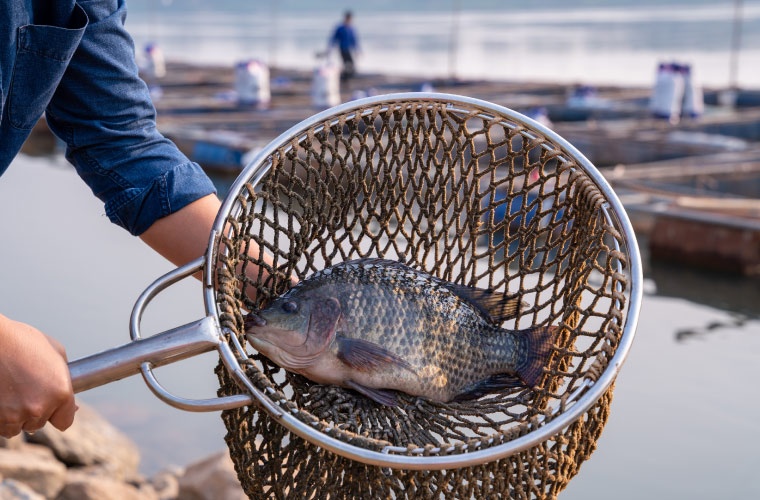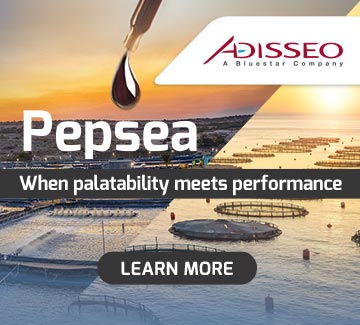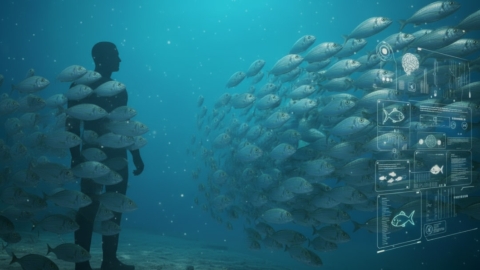
The production system used to farm GIFT (Genetically Improved Farmed Tilapia) has a direct impact on the quality, growth, and nutritional profile of the fish. A recent study led by Chinese researchers and published in Aquaculture Reports compared three widely used system: land-based recirculating aquaculture (RAS), pond circulation channels, and traditional pond farming.
Researchers found that although there were no significant differences in fish weight or length, there were clear variations in key indicators such as the hepatosomatic index, viscerosomatic index, condition factor, and carcass yield.
The pond-based recirculating system produced the highest values for these indicators, suggesting a higher fat content and reduced activity levels in the fish.
In contrast, fish raised in traditional pond systems showed greater firmness, chewiness, and resilience of the flesh. These fish also had higher levels of polyunsaturated fatty acids, including EPA and DHA-both widely recognised for their health benefits.
Meanwhile, the pond circulation channel system yielded fish with more appealing flavour and enhanced nutritional value.
When it came to crude protein content, the lowest levels were recorded in fish from the pond-based recirculating system.
So, what does this mean for producers? The differences identified between systems could help fish farmers tailor their production methods depending on their goals – whether they’re aiming for higher meat yield, better texture and taste, or superior nutritional value.


